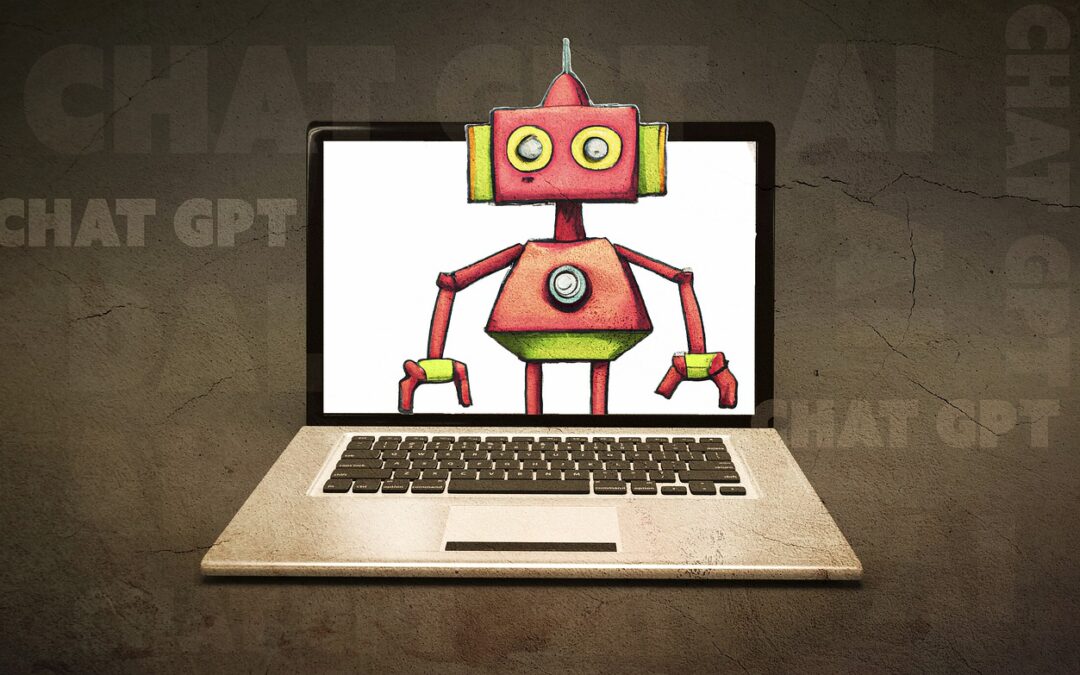In today’s global business landscape, companies are constantly seeking innovative ways to improve communication and customer service. One solution gaining momentum is the use of chatbots, AI-powered virtual assistants programmed to interact with customers in a human-like manner. However, adapting chatbots to different business cultures and markets can present significant challenges. That’s why our cutting-edge product, “Training Chatbots for Diverse Business Cultures and Markets,” provides the comprehensive tools and techniques necessary to effectively train chatbots to navigate the intricacies of various cultural and market nuances. By leveraging the power of AI and deep learning algorithms, our product ensures that chatbots deliver personalized and culturally sensitive interactions, ultimately enhancing customer satisfaction and business success.
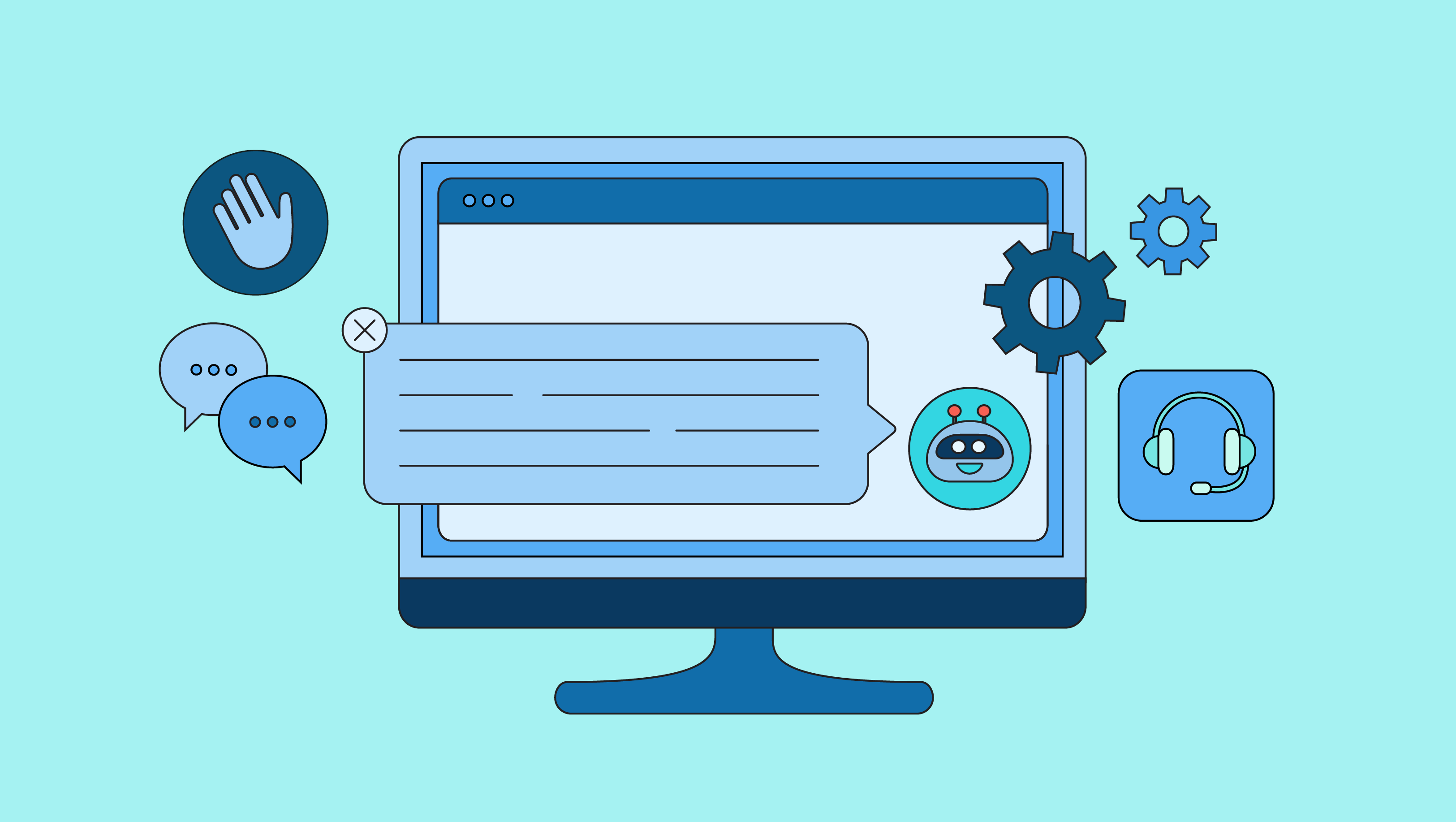
This image is property of media.sproutsocial.com.
Understanding the Importance of Training Chatbots
Why training chatbots is necessary
Training chatbots is crucial for ensuring effective communication with customers and clients. Chatbots are AI-powered programs designed to interact with users and provide them with information, assistance, and support. However, without proper training, chatbots may struggle to understand user queries, respond appropriately, and adapt to different cultural and linguistic nuances. Training chatbots enables them to learn from data, improve their responses over time, and deliver a more personalized and efficient user experience.
Benefits of training chatbots
The benefits of training chatbots are numerous. Firstly, training helps chatbots understand user intent and context better, leading to more accurate and relevant responses. This enhances customer satisfaction and builds trust in the chatbot’s capabilities. Additionally, training allows chatbots to handle complex user queries and provide valuable solutions, reducing the need for human intervention and increasing operational efficiency. Moreover, well-trained chatbots can adapt their tone and language to the user’s preferences, enhancing the overall user experience. Training chatbots also leads to continuous improvement as they learn from user interactions, allowing businesses to iterate and refine their chatbot strategies.
Adapting Chatbot Tone and Language
Recognizing cultural differences in communication
When training chatbots, it is crucial to consider cultural differences in communication styles. Different cultures may have varying norms, values, and linguistic nuances that impact how individuals express themselves. Recognizing and adapting to these cultural differences helps chatbots avoid misunderstandings and communicate effectively with users from different backgrounds.
Customizing the chatbot tone
Customizing the chatbot’s tone is essential for creating a personalized user experience. The tone of a chatbot should align with the brand’s voice and values while also considering the preferences and cultural sensitivities of the target audience. A friendly and conversational tone may work well for some businesses, while others may require a more formal or professional tone. By customizing the chatbot’s tone, businesses can establish a stronger connection with their users.
Dealing with language barriers
Language barriers can pose challenges for chatbots in understanding and responding to user queries accurately. It is essential to train chatbots on multiple languages to address this issue effectively. By incorporating multilingual capabilities, chatbots can overcome language barriers, cater to a larger user base, and provide assistance to users in their preferred language.
Using multilingual chatbots
Multilingual chatbots allow businesses to communicate with customers in their native language, enabling better understanding and reducing potential misinterpretations. To implement a multilingual chatbot, training is necessary to ensure accurate translations and responses. Using natural language processing and machine learning techniques, multilingual chatbots can adapt to different languages, dialects, and expressions, providing a seamless user experience regardless of language.
Considerations for Different Business Cultures
Researching target business culture
When expanding into different markets and business cultures, thorough research is crucial. Understanding the cultural norms, values, and communication styles prevalent in the target market helps businesses adapt their chatbot strategies accordingly. By gaining insights into the target business culture, organizations can train their chatbots to align with the expectations and preferences of the local audience.
Adopting appropriate conversational style
Adopting an appropriate conversational style is vital to ensure effective communication with users from different business cultures. Some cultures may value direct and concise communication, while others may prefer more indirect and polite interactions. Training chatbots to adapt their conversational style to different business cultures enables them to engage users appropriately, build rapport, and convey information effectively.
Understanding cultural sensitivities
Cultural sensitivities play a significant role in business interactions. Certain topics, gestures, or phrases may be considered offensive or inappropriate in specific cultures. To avoid unintentional offense or miscommunication, chatbots need to be trained to understand and respect cultural sensitivities. By incorporating cultural intelligence into their training, chatbots can ensure respectful and inclusive interactions with users from diverse backgrounds.
Handling greetings and introductions
Greetings and introductions vary across different business cultures. Some cultures may prefer formal greetings and introductions, while others may value informal and friendly interactions. Chatbots should be trained to adapt their opening dialogues based on the cultural norms of the user. This customization creates a positive first impression and sets the tone for the rest of the conversation.
Respecting hierarchy and formalities
Respecting hierarchy and formalities is crucial when training chatbots for different business cultures. Some cultures prioritize formalities and respect for authority, while others have a more egalitarian approach. Chatbots need to understand and adhere to the appropriate levels of formality and hierarchy prevalent in the target business culture. This ensures that interactions with users align with their cultural expectations and foster positive engagement.
Adapting to different communication styles
Different cultures have distinct communication styles, such as direct vs. indirect communication or high-context vs. low-context communication. Training chatbots to adapt to different communication styles allows them to understand user queries and respond in a manner that aligns with the cultural norms of the user. By recognizing and adapting to these nuances, chatbots can effectively engage users and provide the desired assistance.
Applying Machine Learning in Chatbot Training
Overview of machine learning
Machine learning is a subset of artificial intelligence that enables computers to learn and improve from experience without being explicitly programmed. It involves developing algorithms and models that can analyze data, identify patterns, and make predictions or decisions. In the context of chatbot training, machine learning techniques can be employed to enhance the chatbot’s understanding, response generation, and overall performance.
Supervised learning for chatbot training
Supervised learning is a machine learning approach where the chatbot learns from labeled data. In the context of chatbot training, this involves providing the chatbot with a large dataset of user queries and their corresponding correct responses. The chatbot then learns from this dataset to identify patterns and generate appropriate responses based on user input. Supervised learning is effective when training chatbots for specific tasks or domains where labeled training data is readily available.
Unsupervised learning for chatbot training
Unsupervised learning involves training chatbots on unlabeled data. Instead of providing the chatbot with predefined correct responses, it learns to identify patterns and clusters in the data to generate meaningful responses. Unsupervised learning is useful when the chatbot needs to acquire knowledge and insights from unstructured data or when labeled training data is limited. By using unsupervised learning techniques, chatbots can discover patterns and correlations in user interactions, improving their performance in understanding and responding to user queries.
Reinforcement learning for chatbot training
Reinforcement learning is an approach where the chatbot learns through trial and error. In the context of chatbot training, reinforcement learning involves rewarding the chatbot for desirable responses and penalizing it for incorrect or undesirable responses. Through repeated interactions and feedback, the chatbot learns to optimize its responses to maximize the reward. Reinforcement learning is effective for training chatbots in dynamic environments where the optimal response may vary based on the context or user preferences.
Data collection and preprocessing
Training chatbots requires collecting and preprocessing relevant data. The training data should cover a wide range of user queries and appropriate responses to ensure comprehensive training. Data collection can be done through various sources such as customer interactions, chat logs, or specific domain knowledge bases. Preprocessing involves cleaning the data, removing noise, and transforming it into a suitable format for training the chatbot.
Evaluating chatbot performance
Evaluating the performance of chatbots is essential to measure their effectiveness and identify areas for improvement. Metrics such as response accuracy, response time, user satisfaction ratings, and task completion rates can be used to evaluate chatbot performance. Additionally, user feedback and reviews can provide valuable insights into the chatbot’s strengths and weaknesses. Ongoing evaluation allows businesses to refine their chatbot training strategies and enhance user experience.
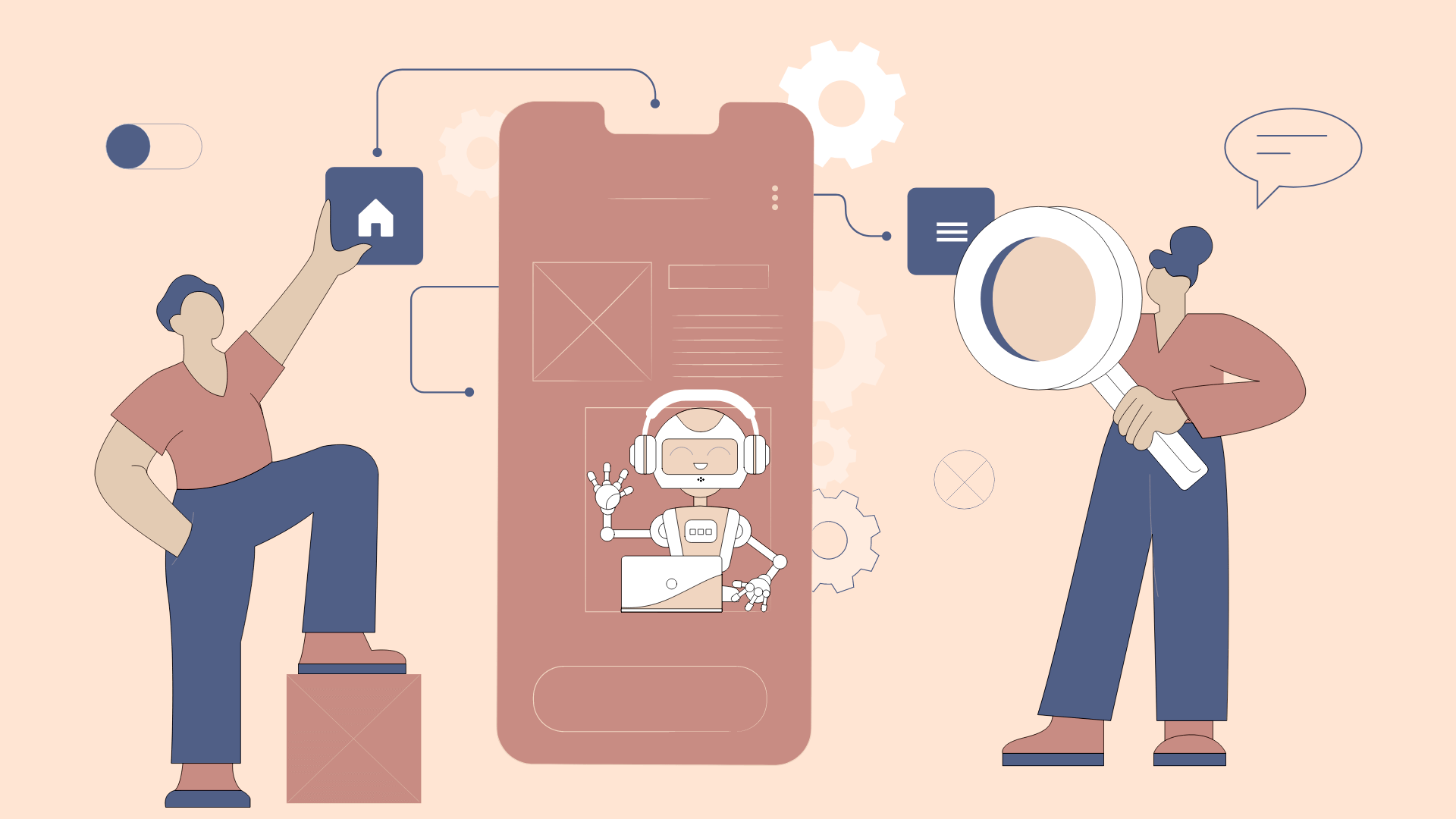
This image is property of www.addevice.io.
Ensuring Chatbot Understanding of Market-specific Terms
Recognizing industry-specific jargon
Different industries have their own jargon and terminology that may be unfamiliar to chatbots. To ensure chatbots understand market-specific terms, it is crucial to train them on industry-specific vocabularies and context. By incorporating domain-specific knowledge into their training data, chatbots can provide accurate and relevant information to users.
Gaining knowledge about the target market
To train chatbots effectively for specific markets, gaining knowledge about the target market is essential. Understanding the market’s unique characteristics, industry trends, and user preferences helps in tailoring the chatbot’s responses and offering valuable insights. Market research, user surveys, and user feedback are effective methods for obtaining market-specific knowledge.
Training chatbots on relevant terminology
Training chatbots on relevant terminology involves exposing them to industry-specific vocabularies and concepts. Incorporating relevant training data and resources specific to the target market allows chatbots to familiarize themselves with the terminology used in that particular industry. This training ensures that chatbots can understand and respond appropriately to user queries, even when industry-specific terms are used.
Leveraging chatbot-user interactions
Chatbot-user interactions provide valuable opportunities for training chatbots on market-specific terms. Analyzing user conversations and identifying commonly used industry terms helps update and expand the chatbot’s knowledge base. By leveraging these interactions, chatbots can continuously learn and improve their understanding of market-specific terminology.
Addressing the Challenges of Cultural Nuances
Identifying cultural nuances
Identifying cultural nuances is crucial for effectively training chatbots to interact with users from different cultures. Cultural nuances encompass various aspects, such as communication styles, customs, values, and beliefs. By understanding and identifying these nuances, businesses can train their chatbots to navigate cultural differences successfully.
Avoiding cultural misinterpretations
Cultural misinterpretations can occur when chatbots fail to understand or appropriately respond to cultural cues. To avoid misinterpretations, chatbots should be trained on diverse cultural contexts and provided with explicit guidelines on handling cultural differences. By incorporating cultural sensitivity into their training, chatbots can minimize the risk of unintentionally offending or misunderstanding users.
Promoting inclusivity and diversity
Promoting inclusivity and diversity in chatbot training is essential for fostering positive user experiences. Chatbots should be trained to recognize and respect diverse cultural backgrounds, identities, and perspectives. By promoting inclusivity, chatbots can create a welcoming and inclusive environment for users from all cultures, leading to increased user satisfaction and engagement.
Handling sensitive or controversial topics
Chatbots need to be trained to handle sensitive or controversial topics with tact and sensitivity. By understanding the cultural nuances surrounding such topics, chatbots can respond appropriately, avoiding potential offense or disagreement. Training chatbots on strategies for defusing tense situations and directing conversations towards more constructive topics allows them to handle sensitive interactions effectively.

This image is property of botcore.ai.
Testing and Iterative Improvement
Importance of testing chatbot performance
Testing chatbot performance is crucial for ensuring their effectiveness and user satisfaction. Testing involves evaluating how well chatbots understand user queries, generate appropriate responses, and provide accurate information. By testing chatbot performance, businesses can identify areas for improvement, refine their conversational models, and enhance the overall user experience.
Usability testing with diverse users
Usability testing with diverse users is essential to assess how well chatbots perform across different cultural backgrounds and communication styles. By involving users from different cultures and demographics in the testing process, businesses can gather valuable feedback and identify potential areas for improvement. Usability testing helps identify any biases or limitations in the chatbot’s performance and fosters inclusivity in its design.
Collecting user feedback for enhancements
Collecting user feedback is an invaluable source of information for enhancing chatbot performance. Post-interaction surveys, feedback forms, and user reviews enable businesses to gather insights into user satisfaction, preferences, and areas for improvement. Analyzing and interpreting user feedback allows businesses to make data-driven decisions about training and improving their chatbots.
Analyzing and interpreting user data
Analyzing and interpreting user data collected from chatbot interactions provides valuable insights into user behavior and preferences. By leveraging data analytics techniques, businesses can identify trends, patterns, and user needs. This analysis helps in refining the training approach, improving the chatbot’s responsiveness, and tailoring its responses to meet user expectations.
Continuous iteration and improvement
Continuous iteration and improvement are essential for maintaining chatbot performance and addressing evolving user needs. Through regular evaluation, businesses can identify areas for improvement, refine the chatbot’s training data, and update its conversational models. By continuously iterating and improving, chatbots can adapt to changing market dynamics, cultural nuances, and user preferences, ensuring a high-quality user experience.
Leveraging Artificial Intelligence for Personalization
Personalizing chatbot responses
Personalizing chatbot responses enhances the user experience by providing tailored and relevant information. Artificial intelligence techniques can be applied to analyze user data and preferences, allowing chatbots to generate personalized responses based on individual needs. By considering factors such as user history, preferences, and previous interactions, chatbots can deliver customized and helpful responses.
Utilizing contextual understanding
Contextual understanding is vital for chatbots to generate accurate and relevant responses. Artificial intelligence enables chatbots to analyze and interpret the context of user queries, taking into account previous messages, user behavior, and overall conversation flow. By leveraging contextual understanding, chatbots can provide more meaningful and contextually-appropriate responses, enriching the user experience.
Leveraging AI algorithms for customization
AI algorithms can be utilized to develop customized chatbot experiences. By implementing algorithms that analyze user data, behavior, and preferences, chatbots can offer personalized recommendations, suggestions, or solutions. These algorithms can learn from user interactions and adapt their recommendations over time, providing an increasingly accurate and personalized user experience.
Balancing personalization and privacy
While personalization is important, businesses must also prioritize user privacy and data protection. Chatbots should be trained on ethical guidelines to ensure that personal data is handled responsibly and transparently. By striking a balance between personalization and privacy, businesses can build user trust, maintain compliance with data protection regulations, and provide a secure environment for chatbot interactions.
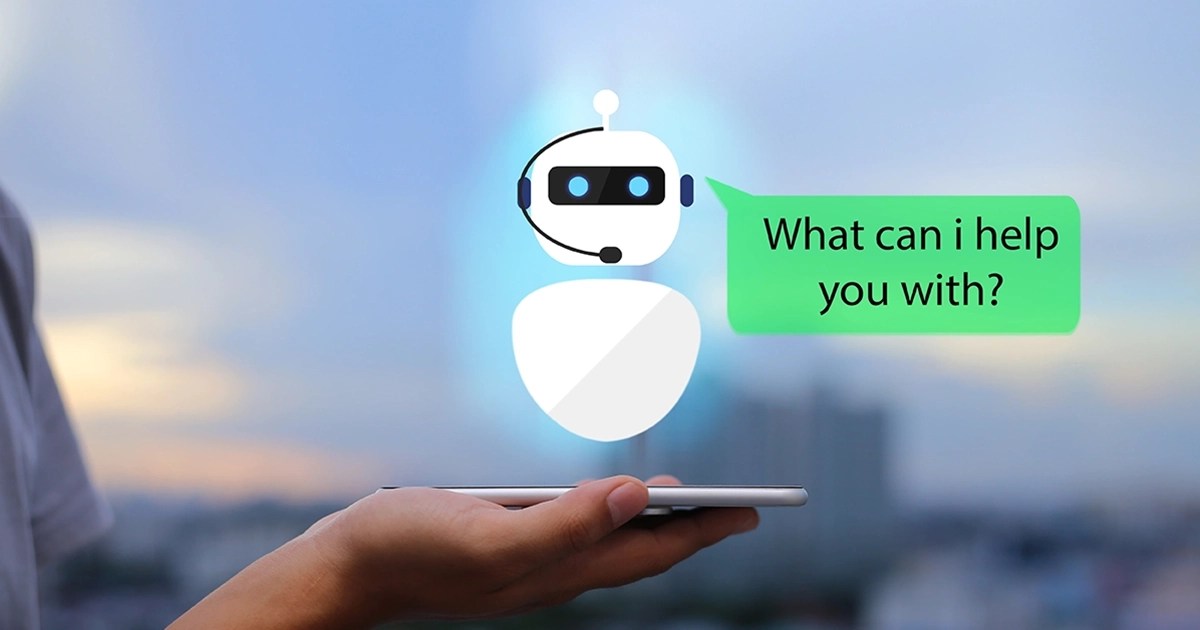
This image is property of www.intuit.com.
Ensuring Ethical and Responsible Chatbot Use
Implementing ethical guidelines
Ethical guidelines are essential for training chatbots to operate in an ethical and responsible manner. These guidelines should address issues such as privacy, consent, bias, and discrimination. By ensuring that chatbots are trained to adhere to ethical principles, businesses can establish trust with users and demonstrate their commitment to responsible AI use.
Monitoring chatbot behavior and responses
Monitoring chatbot behavior and responses is necessary to identify any potential ethical concerns or biases. Regular monitoring helps ensure that chatbots are providing accurate information, avoiding discriminatory language or behavior, and maintaining compliance with ethical guidelines. By actively monitoring chatbot interactions, businesses can address any issues promptly and ensure responsible chatbot use.
Addressing biases and potential discrimination
Training chatbots to be unbiased and non-discriminatory is crucial for responsible AI use. Businesses should implement strategies to detect and address biases in chatbot responses. This involves analyzing the training data, identifying potential biases, and taking corrective measures to improve the fairness and inclusivity of chatbot interactions. By addressing biases, businesses can provide a more equitable and inclusive user experience.
Supporting human oversight and intervention
Human oversight and intervention play a vital role in ensuring ethical chatbot use. While AI-powered chatbots can handle most interactions, there may be situations where human intervention is necessary. Training chatbots to recognize such scenarios and seamlessly transfer the conversation to a human operator allows businesses to provide immediate assistance and maintain the quality of user interactions.
Monitoring and Continuous Refinement
Tracking chatbot performance metrics
Tracking chatbot performance metrics is essential for monitoring their effectiveness and identifying areas for improvement. Metrics such as response accuracy, completion rates, user satisfaction, and average handling time provide valuable insights into chatbot performance. Ongoing tracking allows businesses to evaluate the impact of training efforts, make informed decisions, and continuously refine their chatbot strategies.
Updating chatbot knowledge base
Updating the chatbot’s knowledge base ensures that it remains up to date with the latest information and industry trends. Regularly refreshing and expanding the training data helps improve the chatbot’s response accuracy and relevance. This includes incorporating new terminology, industry-specific knowledge, and user feedback into the chatbot’s training process.
Monitoring user satisfaction
Monitoring user satisfaction enables businesses to gauge the quality of chatbot interactions and identify areas for improvement. Feedback and user satisfaction surveys help gather insights into user perceptions, preferences, and pain points. By analyzing user satisfaction data, businesses can make data-driven decisions to optimize chatbot training strategies and deliver a more satisfying user experience.
Identifying areas for improvement
Identifying areas for improvement is a continuous process in chatbot training. By analyzing user interactions, reviewing chatbot performance metrics, and collecting user feedback, businesses can identify specific areas where the chatbot can be further refined. This includes adjusting the conversational flow, improving response accuracy, and enhancing the chatbot’s understanding of user queries.
Refining chatbot responses and interactions
Refining chatbot responses and interactions is an iterative process that involves incorporating user feedback and continuously improving the chatbot’s training data and conversational models. By refining chatbot responses, businesses can enhance the accuracy, relevance, and overall quality of user interactions. Refinement ensures that chatbots evolve and adapt to changing user needs and remain effective in delivering optimal user experiences.
In conclusion, training chatbots for diverse business cultures and markets is crucial for effective communication, enhanced user experience, and successful expansion into new markets. By understanding cultural differences, adapting chatbot tone and language, applying machine learning techniques, and addressing market-specific considerations, businesses can ensure that their chatbots are well-equipped to engage users from diverse backgrounds. Through continuous testing, iterative improvement, and leveraging artificial intelligence technologies, chatbots can be personalized, ethical, and refined to meet the evolving needs of users in a globalized marketplace.
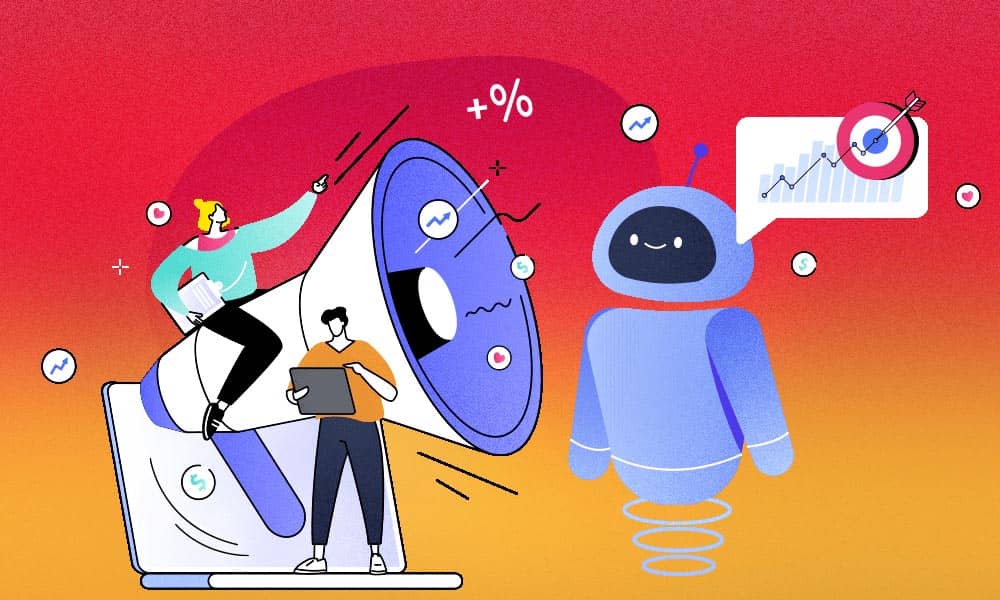
This image is property of assets-global.website-files.com.

